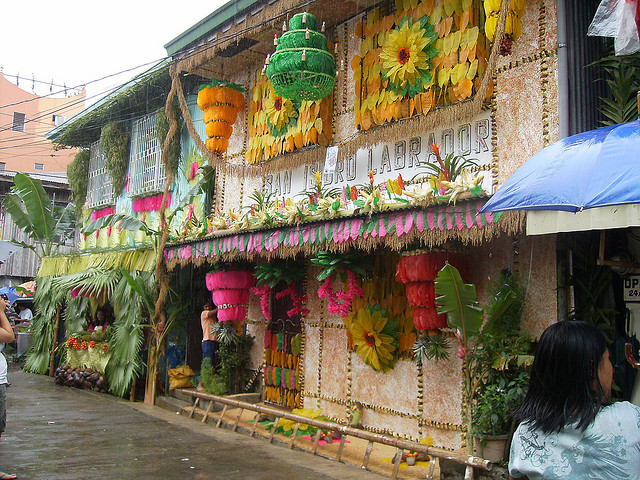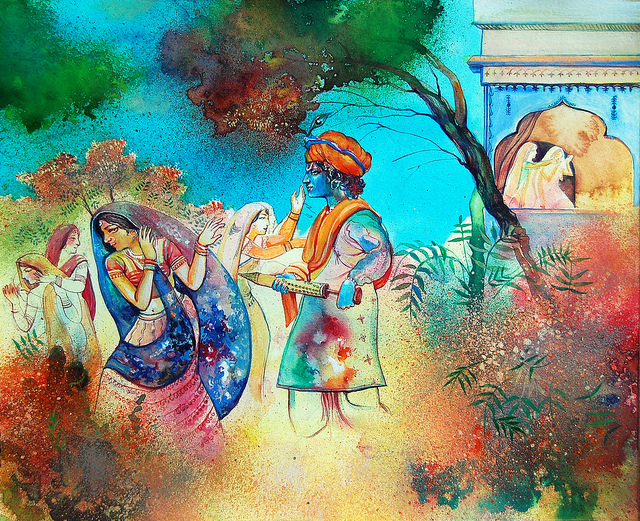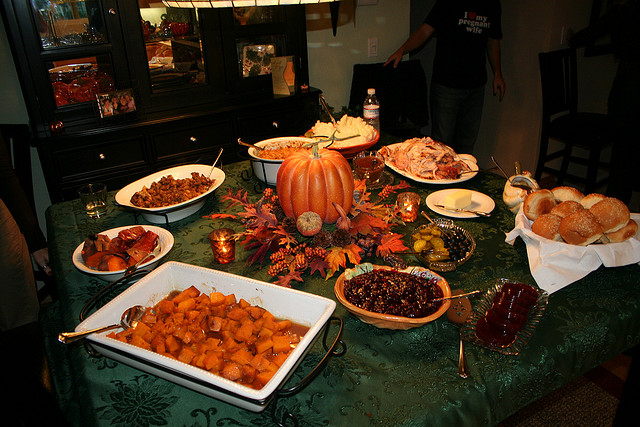One may think that paganism is a relic of the past in a country steeped with Vatican influence, but such is not always the case. Pagan festivals have managed to survive in the Philippines, even if they evolved to accommodate religious elements that were introduced when the Spanish arrived in 16th century.
Pagan Origins

Originally a harvest festival, the “Pahiyas” of Lucban, Quezon Province in Luzon, was first celebrated as a thanksgiving to the “anitos” (ancestors) for bountiful harvest: Pre-colonial Lucbanins would put out fresh produce as offerings. With the spread of Catholicism in the country, this eventually became a feast of San Isidro Labrador (St. Isidore the Laborer), the patron saint of agriculture.
“Pahiyas” means “to decorate” (the root word being “hiyas” or jewel). True to its name, the houses during the festivities are bedecked with such extravagance that “Pahiyas” puts to shame all other harvest festivals celebrated in the country.
“Kiping” the Faith
Pahiyas stands out as unique in the Philippines (and possibly the world) because it uses decor that is not only pleasing to the eyes but also to the palate. The identifying decor of Pahiyas is made from ground rice, the Philippines’ major grain.
Ground rice is made into paste and ‘painted’ unto leaves of various shapes and sizes so rice takes on this form when dried. The resulting delicate rice wafers called “kiping” (pronounced the same way as “keeping”) are then meticulously removed from the leaves and dyed using food color so they can be used as base material for various ornaments, the most photographed of which are chandelier-like artworks.
The “kiping” can also be arranged as floral decors, or tableaus depicting local sceneries. Some houses are even wall-papered with “kiping” leaves and petals, and bedecked with other ornaments that come from the farm.
Ginger Butterfly and Bean Curtains
Aside from the riot of colors brought about by using colorful rice wafers, households also decorate the facades of their houses with fresh farm produce. Foot-long beans are strung together to make curtains; pear squash are arranged with ginger to make butterflies; red bell peppers are clustered together to make garlands; and cayenne pepper and tomatoes and squash are assembled together to make crude jack-o-lanterns. Rice stalks and rice straw get second lives as effigies depicting farm characters and farm life. What was once an ancient ritual of offering fresh produce to the ancestors has indeed taken creative leaps and bounds.
The Trail of Rice Wafers
Pahiyas is celebrated on May 15 every year, the same date as St. Isidore’s death anniversary.
To commemorate the saint, his image and that of his wife Sta. Marria Torribia, are carried around town in “carrozas” (carriages) as is customary of any Catholic procession. The priest then blesses the grains and seeds and farm implements that are placed in front of the houses along the route. People used to bring these farm inputs to the church in the belief that such a blessing will ensure next year’s good harvest.
For tourists wishing to join the procession, all they need to do is follow the trail of the “kiping”: All the houses along the route are bedecked with these colorful and edible rice crispies.
After the blessings, all the farm produce, native products and “kiping” are given away. While the rice wafers can be kept as mementos (they last quite long if kept dry), they are actually best deep-fried and dipped in sugar for a crackling taste of the festivities.




